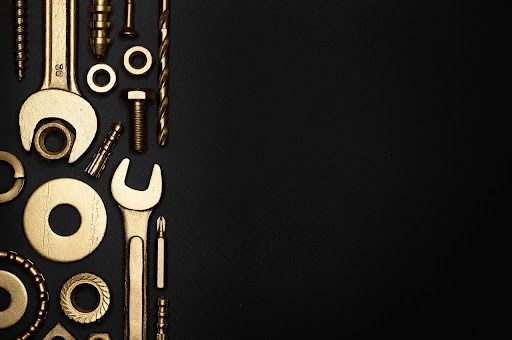The automotive industry has long been defined by technological breakthroughs — from the internal combustion engine to the rise of electric vehicles. Today, one of the quieter yet deeply impactful areas of innovation is happening beneath the surface: the chassis. Specifically, advances in chassis coating technologies are quietly reshaping the entire industry, driving improvements in durability, sustainability, efficiency, and overall consumer satisfaction.
The Crucial Role of the Chassis
The chassis forms the backbone of any vehicle. It provides structural integrity, protects critical systems, and ensures safety and performance. Adequate chassis protection is vital given its exposure to harsh environmental conditions, from road salt to moisture and debris. Traditionally, methods such as galvanization and basic anti-corrosion paints were sufficient. However, changing consumer expectations, regulatory pressures, and the push for greater vehicle longevity have demanded more sophisticated solutions.
Boosting Durability and Vehicle Longevity
A modern chassis coating is engineered to offer superior protection against corrosion, abrasion, and chemical exposure. Advanced polymer coatings, nano-ceramic layers, and epoxy-based systems create highly resilient barriers that significantly extend vehicle service life.
For the automotive industry as a whole, this translates to multiple benefits:
- Reduced warranty claims for corrosion-related issues.
- Enhanced brand reputation, as consumers associate manufacturers with longer-lasting, more reliable vehicles.
- Greater resale values in the used car market strengthen the brand ecosystem.
Vehicle longevity is a selling point and supports broader industry goals of reducing waste and promoting a circular economy.
Meeting Sustainability Goals
As environmental concerns become central to manufacturing, chassis coatings have adapted. Many modern coatings now contain lower volatile organic compounds (VOCs) and are developed using eco-friendly processes. Powder coatings, for instance, eliminate the need for solvent-based paints and reduce hazardous waste.
This shift supports global efforts to minimize the automotive sector’s environmental footprint. It also helps manufacturers comply with increasingly stringent environmental regulations across Europe, North America, and Asia. In this way, innovation in coatings is not just a technical upgrade — it’s a cornerstone of the industry’s commitment to sustainability.
Enabling Lightweight Vehicle Design
Reducing vehicle weight remains a priority for improving fuel efficiency and extending the range of electric vehicles (EVs). New chassis coatings contribute to this goal by providing robust protection with thinner, lighter applications than traditional multi-layer systems.
Advanced coatings make using lightweight materials such as aluminum and composites in chassis construction feasible without sacrificing durability. As the industry moves further into the EV era, where every kilogram counts, the importance of such innovations will only grow.
Supporting the Electric Vehicle Revolution
Electric vehicles introduce new challenges for chassis design and protection. Battery packs integrated into the undercarriage expose the chassis to different stressors and higher safety stakes. Improved coatings provide an essential layer of defense against impacts, road debris, and thermal variations.
Furthermore, coatings that offer electromagnetic shielding properties are under development, which could help protect sensitive electronic systems integral to EVs. Thus, coating innovations are not just preserving the chassis but helping define what future vehicles can achieve.
Driving Industry-Wide Cost Efficiencies
From a manufacturing standpoint, improved chassis coatings can lower production costs over time. Coatings with faster curing times and greater coverage efficiency streamline factory processes. They also reduce rework and material waste, improving overall plant productivity.
Chassis longevity reduces total cost of ownership for fleet operators and commercial vehicle sectors. Fewer repairs and replacements translate to stronger business cases for adopting next-generation vehicles, bolstering the commercial side of the automotive industry as well.
Advancing Safety Standards
Corrosion is not merely a cosmetic issue — it can critically compromise structural integrity. Innovations in chassis coatings contribute directly to vehicle safety by preserving the frame’s strength over years of exposure to the elements. This is particularly vital in regions with harsh winters or coastal climates where salt and moisture accelerate corrosion.
By maintaining structural integrity longer, these coatings help manufacturers meet and exceed evolving crash safety standards and consumer expectations for long-term vehicle reliability.
Conclusion: A Foundation for the Future
Chassis coating improvements may not capture headlines like autonomous driving or electric drivetrains do, but their impact on the automotive industry is profound and far-reaching. By enhancing durability, enabling lighter and more efficient designs, supporting sustainability efforts, and contributing to vehicle safety, these advancements serve as a vital foundation for the next generation of automotive innovation.
As manufacturers, suppliers, and researchers continue to push the boundaries of material science, the humble chassis coating proves that sometimes, the most transformative changes happen where few think to look — underneath it all.





